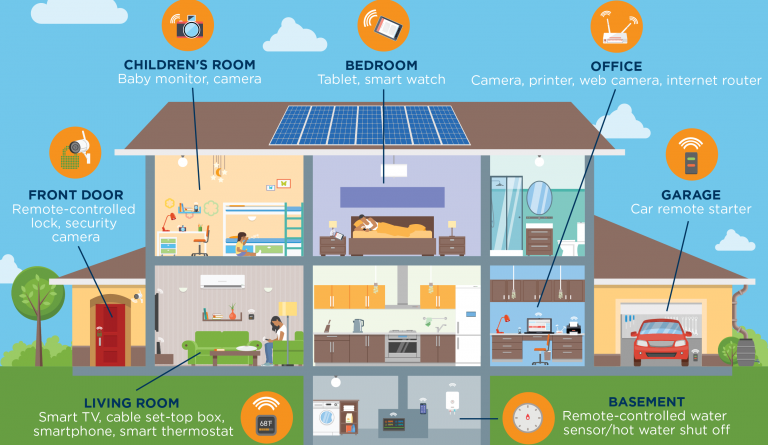
In the age of advancing technology, smart appliances have become an integral part of our everyday lives. From smart refrigerators to voice-controlled assistants, these devices offer convenience and efficiency like never before. However, with the rise of these connected appliances, concerns about data privacy and security have also emerged. As a user, it is crucial to understand the security measures in place to safeguard your personal information when using these smart appliances.
Data Encryption
One of the key security measures in place to protect your data when using smart appliances is data encryption. Encryption is the process of converting your data into a code that can only be read by authorized parties. This ensures that even if hackers intercept your data, they won’t be able to understand or use it without the decryption keys.
End-to-End Encryption
End-to-end encryption is a robust encryption method that is used to secure your data from the moment it leaves your device until it reaches its intended destination. With end-to-end encryption, your data is encrypted on your device and can only be decrypted by the recipient’s device. This means that even if someone manages to intercept your data in transit, it will be unreadable to them.
Transport Layer Security (TLS)
Transport Layer Security, or TLS, is another important encryption protocol that is widely used to secure communication between devices and web services. TLS encrypts your data during transmission and ensures that it remains private and secure. It also verifies the identity of the server you are communicating with, preventing man-in-the-middle attacks where a hacker intercepts your data by impersonating a legitimate server.
Authentication
Authentication plays a crucial role in protecting your data by ensuring that only authorized individuals can access it. There are various authentication methods that can be employed to enhance the security of smart appliances.
Multi-factor Authentication
Multi-factor authentication adds an extra layer of security by requiring users to provide more than one form of verification before gaining access to their accounts or devices. This can include something you know (like a password), something you have (like a fingerprint or a one-time password), or something you are (like facial recognition or voice recognition). By combining multiple factors, multi-factor authentication significantly reduces the risk of unauthorized access.
Strong Password Requirements
To further strengthen authentication, smart appliances often enforce strong password requirements. This includes mandating the use of complex passwords that include a combination of uppercase and lowercase letters, numbers, and special characters. By encouraging users to create strong passwords, the risk of password guessing or brute-force attacks is minimized.
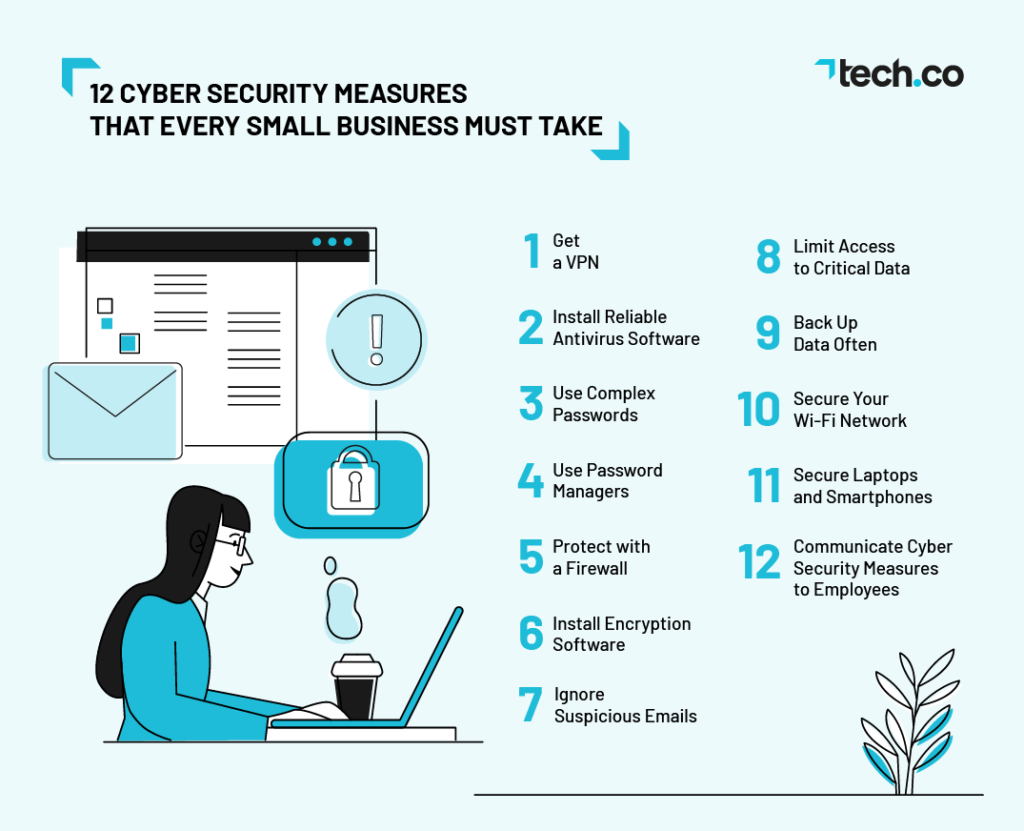
Firmware Updates
Regular firmware updates are an essential security measure for smart appliances. Firmware is the software that controls the operation of the device, and updates often include important security patches and bug fixes. By regularly updating the firmware, manufacturers can address potential vulnerabilities and protect against emerging threats.
Automatic Updates
To ensure that users stay protected against the latest security risks, many smart appliances support automatic firmware updates. With automatic updates enabled, the appliance will periodically check for new firmware versions and install them seamlessly in the background. This eliminates the risk of users forgetting to update their devices and ensures that they are always benefiting from the latest security enhancements.
Network Segmentation
Network segmentation is a practice that involves dividing a computer network into smaller, isolated segments or VLANs. This security measure helps to limit the potential damage that can be caused by unauthorized access or a security breach.
VLANs (Virtual Local Area Networks)
VLANs provide a means of separating different devices or groups of devices into distinct virtual networks. By isolating devices, VLANs prevent unauthorized access and limit the ability of an attacker to move laterally within a network. This ensures that even if one device is compromised, it does not expose the entire network.
Firewalls
Firewalls are another critical component of network segmentation. They act as a protective barrier between your smart appliances and the outside world, monitoring and filtering network traffic to prevent unauthorized access. Firewalls can be hardware-based or software-based, and they play a vital role in preventing unauthorized communication and keeping your data secure.
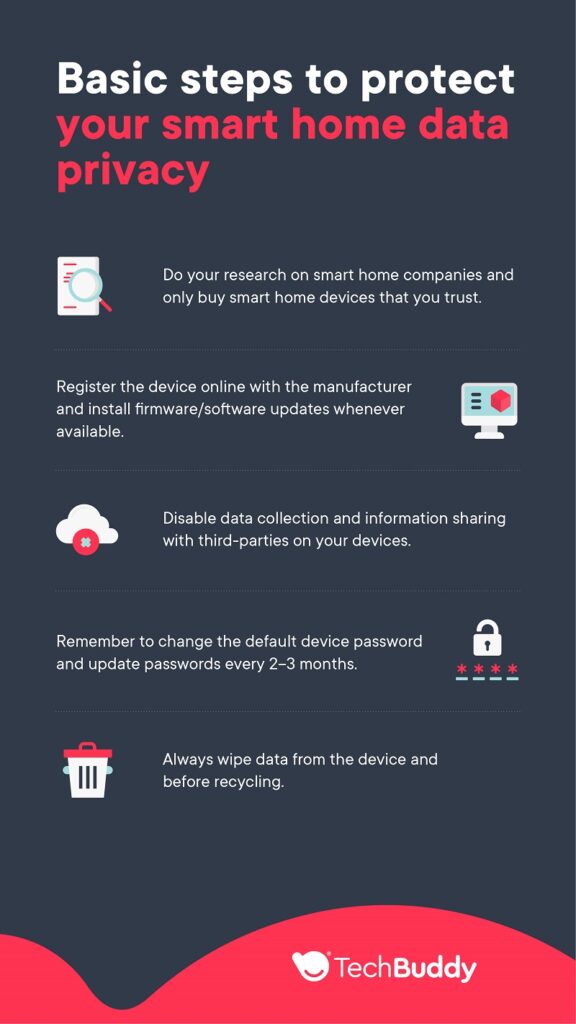
Access Controls
Access controls are mechanisms that allow you to manage and control who can access your smart appliances and the data they store.
User Privileges
Smart appliances often provide granular user privilege settings, allowing you to define different levels of access and permissions for different users. For example, you may have an administrator account with full control over the appliance settings, while other users have restricted access. By assigning appropriate user privileges, you can ensure that only authorized individuals can modify sensitive settings or access certain data.
Access Logs
Access logs are a valuable tool for monitoring and auditing the activities on your smart appliances. These logs record details about who accessed the device or made changes to its settings, providing a comprehensive record of events. By reviewing access logs, you can identify any unauthorized access attempts or unusual activities, helping to detect potential security breaches early on.
Physical Security
While online security measures are essential, physical security is also crucial to protect your data when using smart appliances.
Tamper-Evident Packaging
Tamper-evident packaging is commonly used in the manufacturing and distribution of smart appliances to ensure that the device has not been tampered with during transportation or storage. These packaging techniques make it evident if someone has attempted to open or manipulate the appliance, providing an additional layer of security and peace of mind.
Secure Manufacturing Processes
Manufacturers of smart appliances follow strict security protocols to ensure that their devices are built securely. Secure manufacturing processes involve various measures, such as rigorous testing, vulnerability assessments, and strict quality control. By adhering to these processes, manufacturers can minimize the risk of introducing vulnerabilities or backdoors into their products.
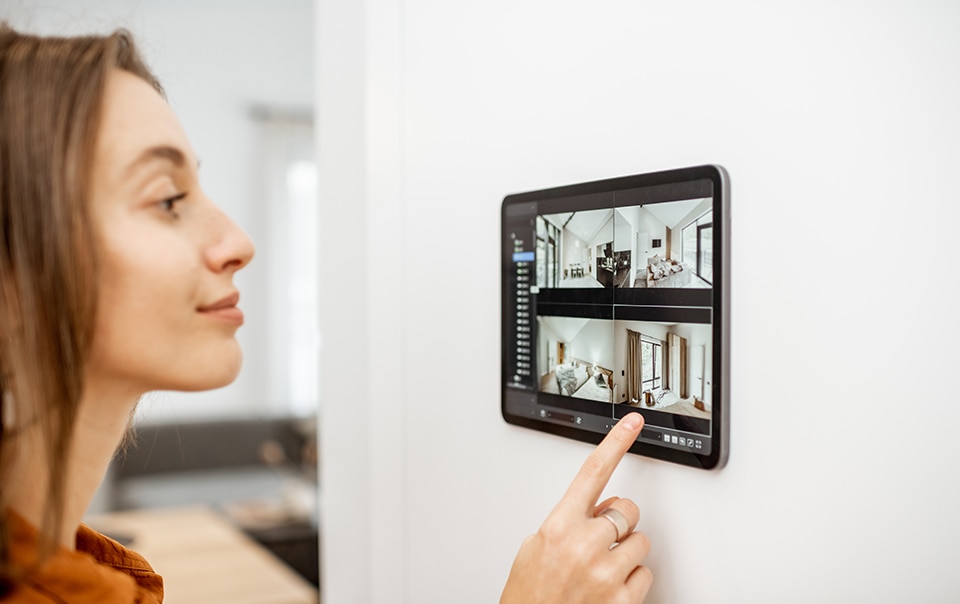
Privacy Policies
Privacy policies are an important document that outlines how your data is collected, used, and shared by the manufacturer of your smart appliances.
Clear Data Usage Policies
Privacy-conscious manufacturers provide clear and transparent data usage policies that explain what data is collected, how it is used, and who it is shared with. These policies ensure that you are aware of what data is being collected by the smart appliances and for what purposes. By reading and understanding these policies, you can make informed decisions about the devices you choose to use and how your data is handled.
Consent and Opt-out Options
To respect your privacy and enable you to have control over your data, manufacturers often include consent and opt-out options in their privacy policies. These features allow you to specify which data you are comfortable sharing and give you the ability to opt out of certain data collection activities. By exercising these options, you can customize your privacy settings according to your preferences.
Third-Party Audits
To ensure that smart appliances meet rigorous security standards, many manufacturers opt for third-party audits and evaluations.
Independent Security Evaluations
Independent security evaluations involve engaging third-party security experts to assess the security of the smart appliances. These evaluations typically involve rigorous testing and vulnerability assessments conducted by skilled professionals who review the device’s architecture, source code, and implementation. By subjecting their products to independent evaluations, manufacturers can gain valuable insights into potential vulnerabilities and make necessary improvements.
Certifications
Certifications are another way manufacturers demonstrate the security and privacy of their smart appliances. Certifications are awarded by recognized organizations that evaluate the security practices and compliance of the appliances. Examples of certifications include ISO 27001, which focuses on information security management systems, and UL Cybersecurity Assurance Program, which provides assurance for Internet of Things (IoT) devices. By obtaining certifications, manufacturers can provide assurance to consumers that their devices meet stringent security standards.
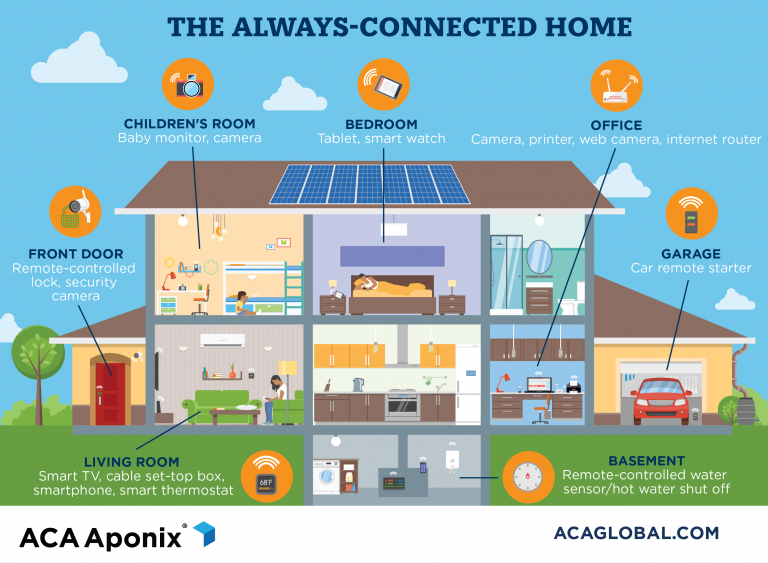
Device Authentication
Device authentication is a process that ensures that only authorized devices can connect and communicate with your smart appliances.
Public Key Infrastructure (PKI)
Public Key Infrastructure, or PKI, is a system that uses digital certificates and key pairs to authenticate devices and establish secure communication. In PKI, each device is assigned a unique digital certificate that is used to verify its identity. When a device attempts to connect to a smart appliance, the certificate is checked to ensure that it is valid and trusted. This authentication process adds an extra layer of security and prevents unauthorized devices from accessing your appliances.
Digital Certificates
Digital certificates are a key component of device authentication. These certificates are issued by trusted certificate authorities and contain information about the device, such as its public key and identity. By validating the digital certificate, smart appliances can verify the authenticity of the connecting devices, ensuring only trusted devices are granted access.
Remote Monitoring and Control
Many smart appliances offer remote monitoring and control capabilities, allowing you to manage your devices from anywhere. To protect your data during remote interactions, several security measures are implemented.
Encrypted Communication Protocols
When communicating with your smart appliances remotely, encrypted communication protocols ensure that your data remains secure. Encrypted protocols, such as HTTPS or SSH, encrypt the data transmitted between your devices and your smart appliances, preventing unauthorized parties from intercepting or tampering with the data.
Secure Mobile Apps
Mobile apps that facilitate remote monitoring and control of smart appliances have built-in security features to protect your data. These apps often require authentication, such as a username and password or biometric verification, to ensure that only authorized users can access the app and control your devices. Additionally, secure app development practices, such as code encryption and vulnerability scanning, are employed to minimize the risk of app-level security vulnerabilities.






